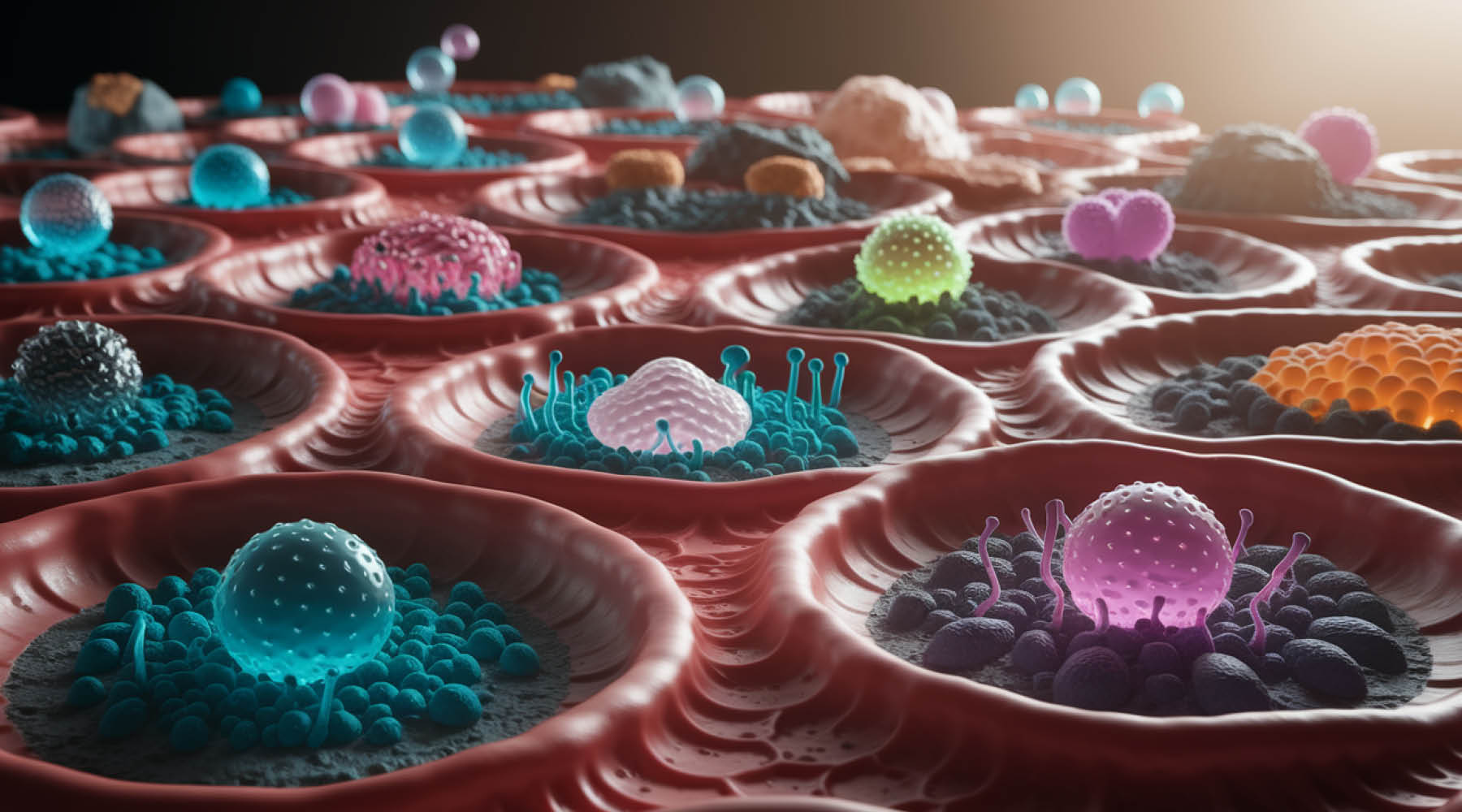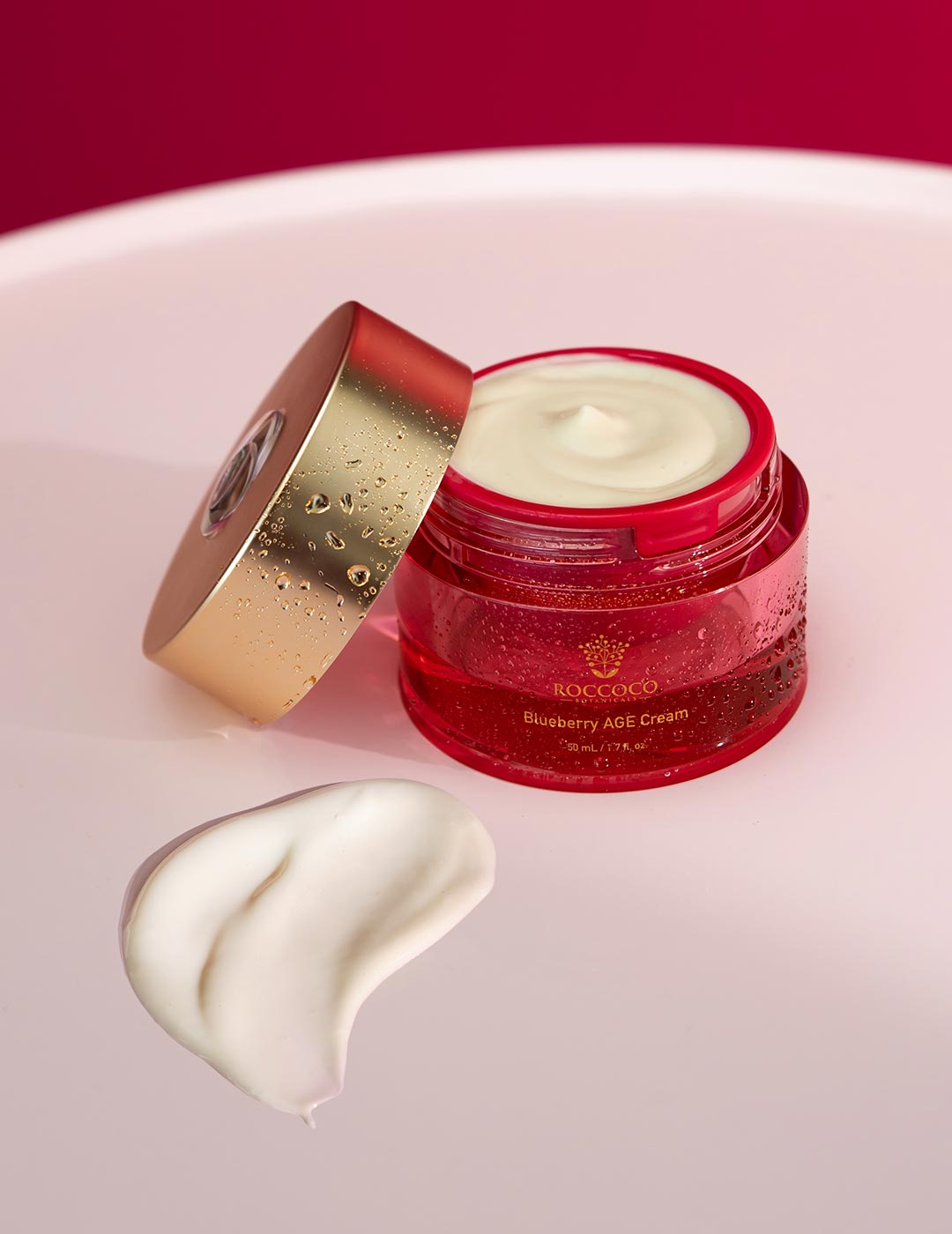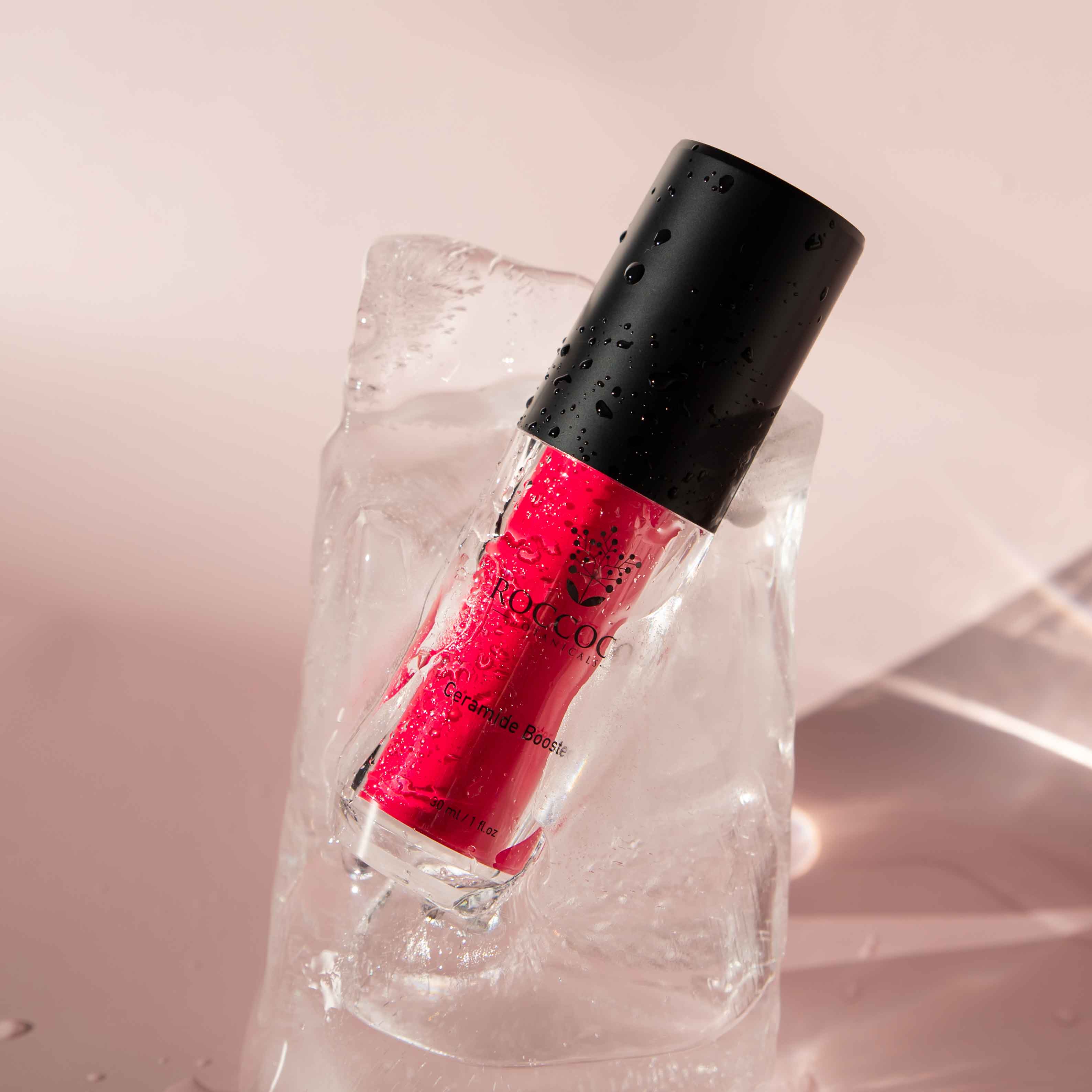In the world of skincare journalism, well-meaning advice often skims the surface, leaving critical gaps that prevent consumers from achieving transformative results. Byrdie's recent article, "What to Do If You've Damaged Your Skin Barrier," while helpful to a general audience, misses several fundamental scientific truths necessary for true and lasting barrier repair. As a professional cosmetic chemist, esthetician, and CEO of an award-winning skincare brand, I feel compelled to set the record straight.
What Byrdie Gets Right—and Where It Falls Critically Short
Byrdie rightly emphasizes hydration, gentle cleansing, and barrier-supportive ingredients like ceramides. However, true barrier repair demands a far deeper, more strategic approach. Here’s what’s missing—and why it matters.
1. Microbiome Restoration: The Overlooked Essential
The skin's microbiome is not a "nice to have"—it is the immune and barrier system. Barrier damage invariably results in microbiome dysbiosis. Without actively repairing this ecosystem through prebiotics, postbiotics, and barrier-symbiotic ingredients like inulin or lactobacillus ferment, any barrier healing remains superficial and short-lived.

2. Correct Lipid Ratios: Ceramides Alone Aren't Enough
Mentioning ceramides without context is misleading. A healthy skin barrier requires a specific 1:2:1 ratio of ceramides, cholesterol, and free fatty acids. Overloading on ceramides without balancing cholesterol and fatty acids can exacerbate dysfunction, leading to further transepidermal water loss (TEWL) and inflammation.
3. Penetration Technology Matters
Not all actives reach where they need to act. Advanced delivery systems — such as liquid crystal emulsions — drive essential lipids into the deeper layers of the stratum corneum without triggering irritation. Applying a "moisturizer" alone doesn't guarantee functional repair unless the actives penetrate effectively.
4. Not All Natural Ingredients Are Barrier-Friendly
The narrative that "natural" automatically means "safe" is dangerously outdated. Many essential oils, citrus extracts, and even popular botanicals are cytotoxic or inflammatory to compromised skin. Only carefully selected, barrier-supportive botanicals should be used.
5. Modulating the Inflammatory Cascade at a Cellular Level
True healing goes beyond reducing redness. It involves downregulating inflammatory cytokines like IL-1β, IL-6, and TNF-α, and regulating the NLRP3 inflammasome. Without quelling these key inflammatory pathways, the skin remains in a hyper-reactive, inflammatory state, unable to rebuild itself.
6. Restoring Circadian Rhythm Function in Skin
A sophisticated but critical point: skin barrier damage disrupts its intrinsic circadian rhythms. Healing fully requires rebalancing these clock genes and enhancing nighttime antioxidant defenses with specialized ingredients like Kalahari melon oil, glutathione, and chronobiology-focused peptides.
True Barrier Repair Demands a Holistic, Multi-Targeted Approach
Superficial advice leads to superficial results. Real barrier repair must address:
-
Microbiome rebalancing
-
Correct lipid ratio restoration
-
Advanced penetration technologies
-
Strict selection of safe botanicals
-
Deep cellular inflammation modulation
-
Circadian repair of the skin’s biological clock
At Roccoco Botanicals, these principles are embedded into every formula. We don’t just "moisturize"; we systematically rebuild the barrier—layer by layer, pathway by pathway—with the precision of a cosmetic chemist and the compassion of a skin therapist.
If your goal is not just to feel hydrated but to transform your skin at its most fundamental level, demand more. Your skin deserves it.
— Jacine Greenwood International Cosmetic Chemist | CEO, Roccoco Botanicals | "The Fairy Godmother of Skin"
Read more

To heal rosacea, you must understand it. Rosacea is more than redness—it’s a disorder of immune imbalance, nerve hypersensitivity, and dysfunctional skin signaling.

Adolescent acne is no longer just a surface issue — it's a visible manifestation of internal emotional turbulence disrupting the skin’s microbial ecosystem. Emerging research confirms that negative...



